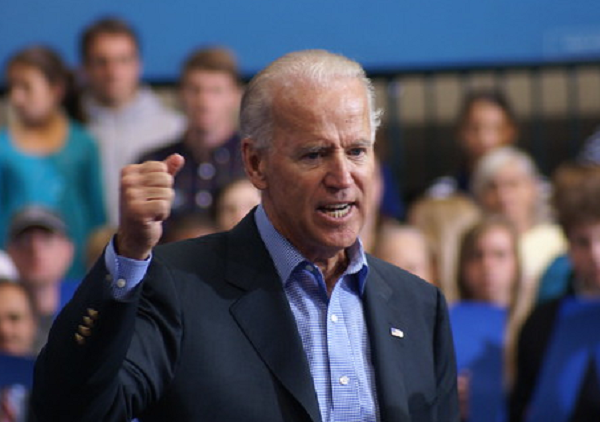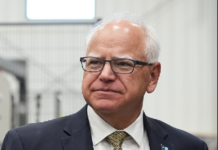President Joe Biden’s administration is allocating $1 billion of taxpayer money towards making the U.S. borders more environmentally friendly. This decision comes amidst a significant increase in illegal border crossings across the nation. Despite the strain on federal and local resources caused by the surge in illegal entries, the General Services Administration (GSA) has decided to use Inflation Reduction Act funds to support climate initiatives at the border.
GSA Administrator Robin Carnahan and Andrew Mayock, President Biden’s Federal Buy Clean Task Force co-chair, believe that this action will help reduce harmful emissions. However, this move has faced criticism from Republicans and experts.
“As usual, the Biden administration is refusing to address a problem of their own making,” House Natural Resources Committee Chairman Bruce Westerman (R-AR) said.
“Instead, they’re touting a billion-dollar investment in green technology at the border while Biden’s border crisis continues to wreak havoc on local communities and federal lands.
“Talk about fiddling while Rome burns.”
“Time and time again, the House Committee on Natural Resources has spotlighted these issues and recently held a field hearing in one of the hardest-hit areas of southern Arizona, yet this administration refuses to address the crisis they’ve created,” he continued.
The leading Republican legislator has frequently highlighted the border crisis and the environmental damage indirectly caused by migrants crossing the U.S.-Mexico border.
“Spending a billion dollars to build a so-called ‘environmentally friendly’ port of entry feels like a slap in the face to Americans watching our open border policies trash our beautiful public lands day in and day out,” said Westerman.
As per the GSA, the allocated funds will aid in aligning the efforts to handle illegal migrants with the “Net Zero” targets set by the World Economic Forum (WEF).
The GSA has stated that the tax dollars will be utilized to support the reduction of overall operational emissions of federal activities at the border. This includes the development of 23 all-electric buildings, projects to ensure that four land ports of entry comply with the “Net Zero” targets, as well as modernization and paving projects that focus on “embodied carbon avoidance.”
To illustrate, a sum of $200 million will be allocated for the renovation of the Bridge of the Americas port in El Paso, Texas. These renovations will involve the installation of solar panels, electric vehicle chargers, and other energy-efficient systems.
Furthermore, an amount of $135 million will be utilized to transform the Douglas Commercial Port in Cochise County, Arizona, into an all-electric facility. Additionally, $100 million will be allocated to make Arizona’s San Luis land port the first “Net Zero” port of entry.
Apart from the substantial investments made in southern border ports in California, Arizona, New Mexico, and Texas, the GSA is also designating millions of dollars for “decarbonization” projects along the U.S.-Canada border in Washington, Idaho, North Dakota, Minnesota, New York, Vermont, and Maine.




